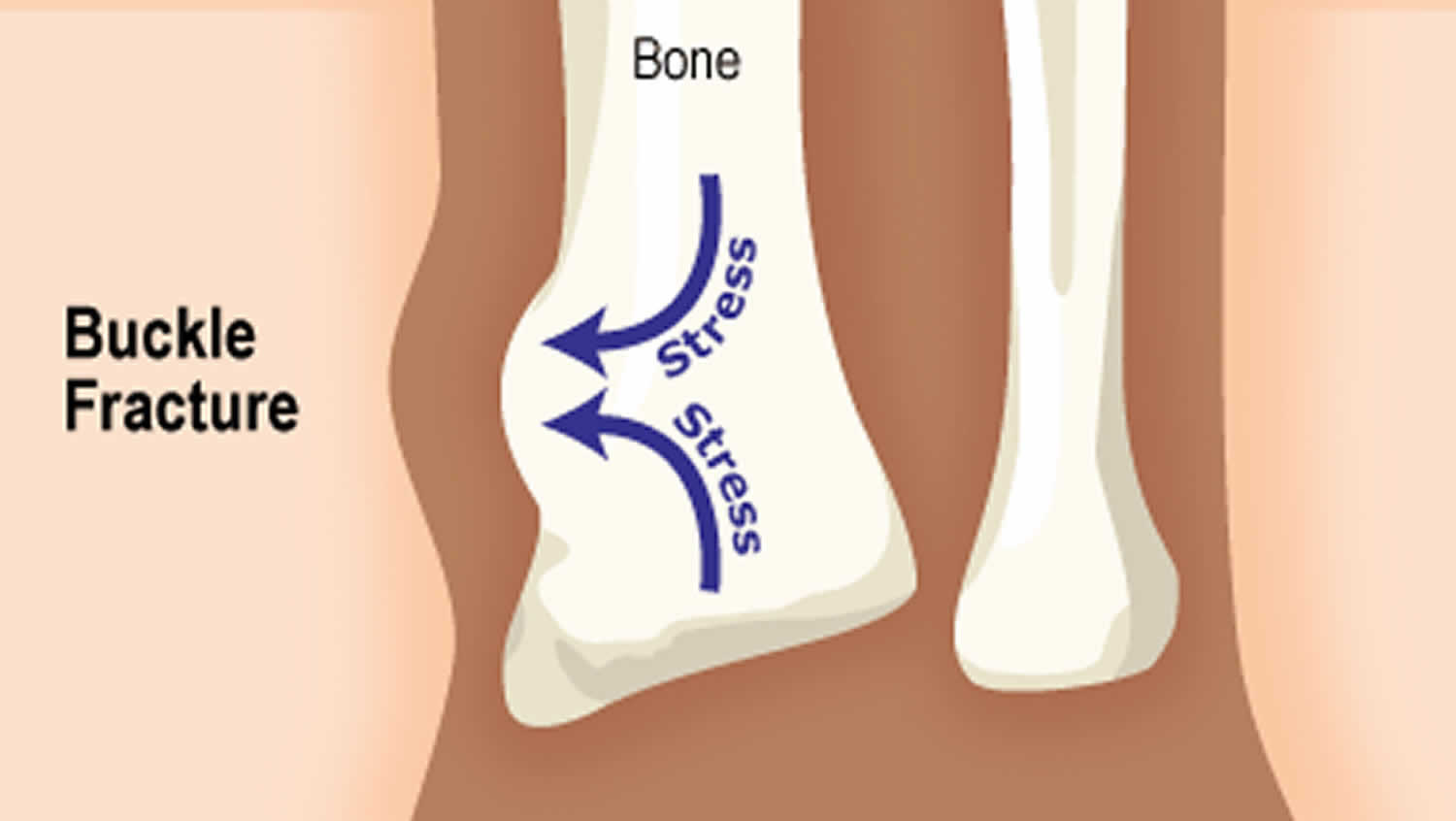
Deformity of the forearm, elbow or wrist.Your child’s forearm and hand may also feel numb, a sign of potential nerve injury. Buckle fracture symptomsĪ forearm buckle fracture usually results in severe pain. This most commonly occurs at the distal radius or tibia following a fall on an outstretched arm the force is transmitted from carpus to the distal radius and the point of least resistance fractures, usually the dorsal cortex of the distal radius. However, the terms are often used interchangeably.Ĭortical buckle fractures occur when there is axial loading of a long bone.

Strictly speaking, a torus fracture refers to a circumferential buckle fracture 5).

They are usually seen in children, frequently involving the distal radial metaphysis. They result from trabecular compression due to an axial loading force along the long axis of the bone. Torus fractures or buckle fractures, are incomplete fractures of the shaft of a long bone that is characterized by bulging of the cortex. In most cases, forearm fractures in children are caused by: Avoid contact sports for six weeks after the injury.Ĭhildren love to run, hop, skip, jump and tumble, all of which are activities that could potentially result in a buckle fracture to the forearm should an unexpected fall occur.Most children will not need a follow-up appointment or X-ray, because buckle fractures usually heal quickly without any problems.Your child should wear a removable backslab (partial cast) or splint for three weeks.A buckle fracture in the wrist is a small area of compressed bone.

In adults, the commonest form of buckle fracture seen is a buckle fracture of the ribs. An arm sling is optional, and may help reduce any pain or discomfort.īuckle fractures are more common in children, especially aged 5-10 years, due to the elasticity of their bones. īuckle fractures are treated by wearing a removable backslab (a partial cast held in place with bandages) or ready-made splint, which should be worn as much as possible but can be removed for bathing or showering. Buckle fractures or torus fractures are stable due to the thick periosteum present in this patient population and unlike other pediatric wrist and forearm fractures, the risk of future displacement is minimal 3). There is no deformity in the wrist, which means the wrist will not be out of its usual shape.īuckle fracture or torus fracture is a stable fracture, meaning that the broken pieces of bone are still in position and have not separated apart (displaced). The wrist may be tender, slightly swollen, and painful to move. The bone will have a very small fracture, which is so minor that it may be difficult to see on X-ray (Figure 2). The injury affects the radius bone in particular. The most common type of buckle fracture in children occurs in the forearm, near the wrist, usually after a child falls onto an outstretched arm. Torus (buckle) fractures of the distal forearm are common injuries in children and young adolescents, typically occurring after a fall on an outstretched arm 2). Torus or buckle fracture occurs in the transition zone between metaphyseal and diaphyseal bone 1). The topmost layer of bone on one side of the bone is compressed, causing the other side to bend away from the growth plate. Buckle fracture also called torus fracture, is an incomplete fracture of the shaft of a long bone that occurs when a bone “buckles” or slightly crushes in on itself and is characterized by bulging of the cortex of the bone.


 0 kommentar(er)
0 kommentar(er)
